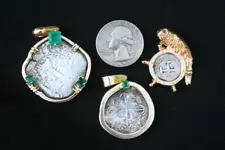Cal_Cobra
Bronze Member
- Joined
- Oct 3, 2008
- Messages
- 1,099
- Reaction score
- 1,710
- Golden Thread
- 3
- Location
- Northern California
- 🥇 Banner finds
- 3
- Detector(s) used
- Minelab EQ800 & Makro Multi Kruzer, the rest are collecting dust...
Tom, his friend Tony, and I went on a 2.5 day weekend detecting adventure and I dug this uber rare 1860 San Francisco mint Liberty Seated quarter on the trip - only 56,000 minted. It's the only coin I dug on the trip.
Here's the before and after shots of the coin:



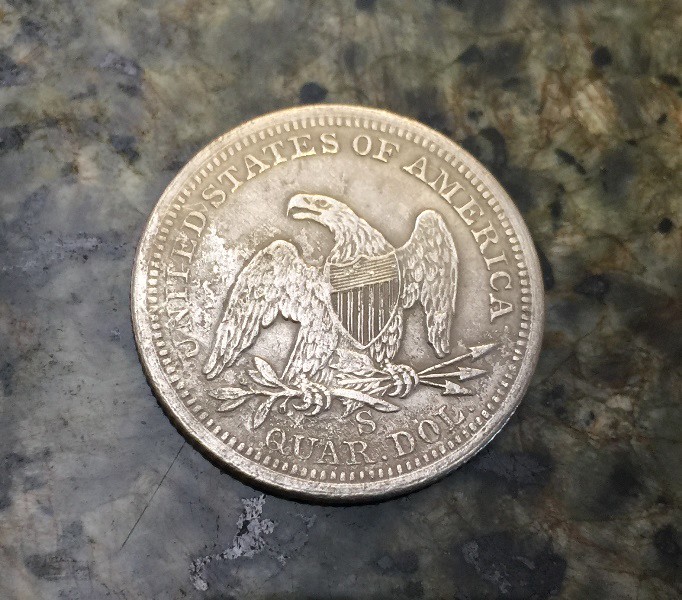
Here's the rest of the finds from the trip.
First up was a civil war era encampment that the Union Army frequented that seems to pork out lots of buttons and lead, a few relics, and very few coins (which seems really odd?). Id' say that by now, between Tom and I alone, that we've dug well over 600+ conductors there, of which only two were coins. No belt or cartridge box plates, no bit bosses, only one company letter, no regiment numbers, seems odd, but I'm not complaining, I enjoy finding civil war era buttons and lead, and heck we don't even have to go back east B)- Even though research seems to indicate this was mainly a cavalry camp, this is the first button we've found that actually had a cavalry C in the shield. Also that little bit on the bottom right, is actually a two piece button, the front seems to have some kind of goldstone that they polished out a letter "S" and left the rest matte finished. It's a tiny button, if it hadn't had a button loop on the back, I'd likely thought it was a bit of junk - lol
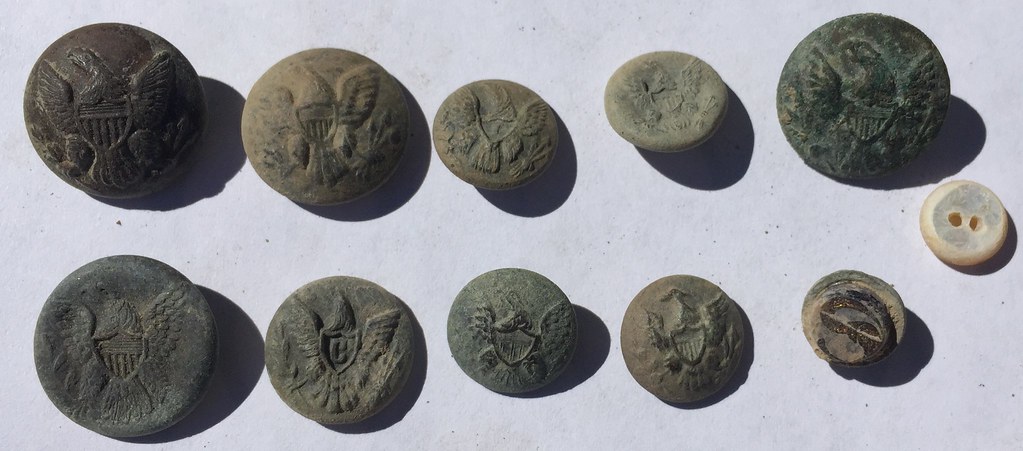

Does anyone know what this is? It was a heck of a signal, some kind of cast bronze/brass decorative thing, we're thinking it could be part of an old gun (see above next to the buttons for a size estimate)
It definitely has a pre-industrial revolution era hand cast look to it like items we find at late 1700's/early 1800's Spanish era sites.
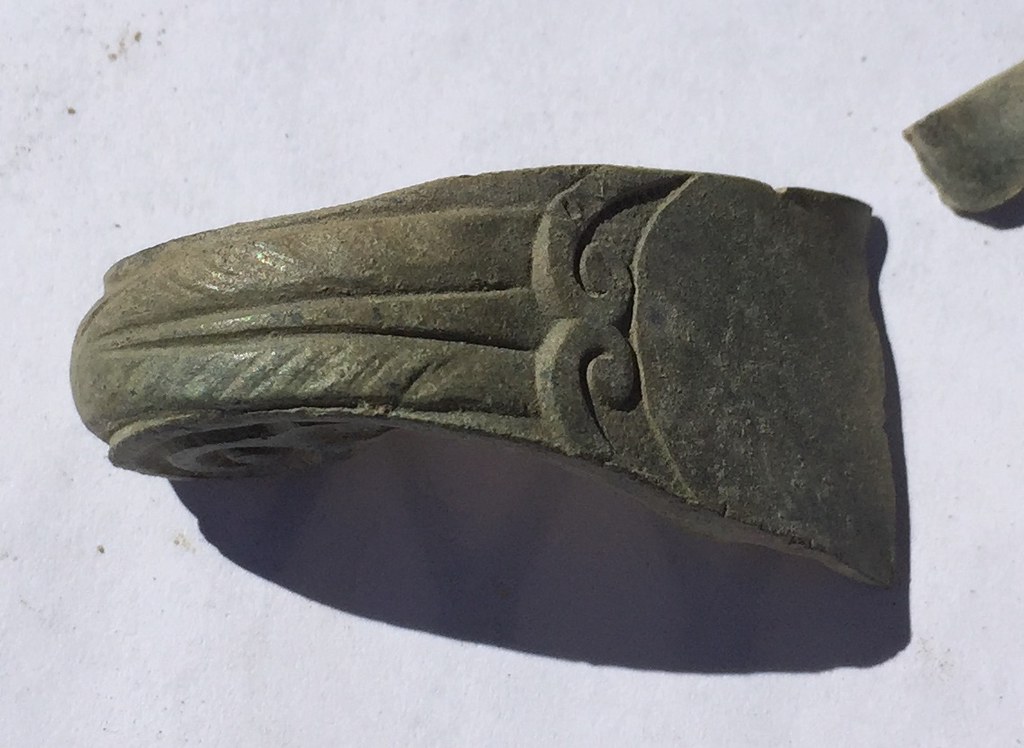


The next site is one that I've known of it's existence for ten years, but it wasn't until I brought Tom out on a ghost town trip, that we discussed the site, and decided to get serious about locating it. It took lots of research time and a few trips to the area to finally find the X marks the spot location. Now that we have, it seems to be a virgin site, all but forgotten to time.
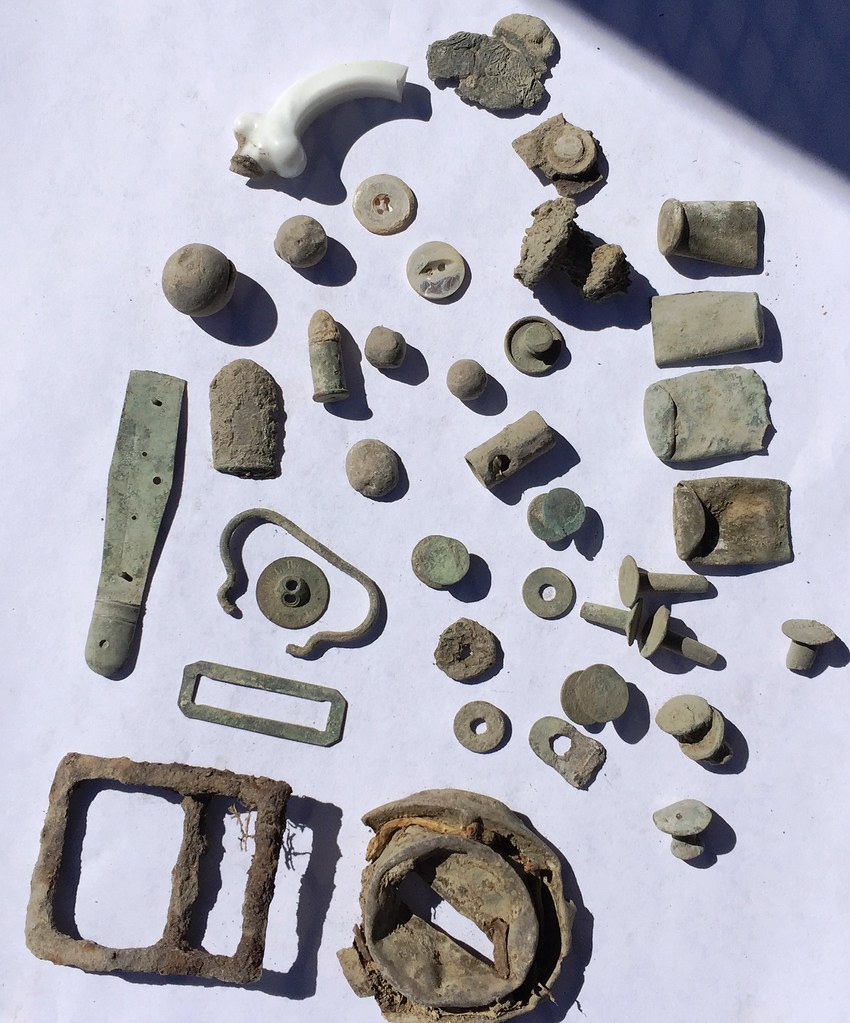
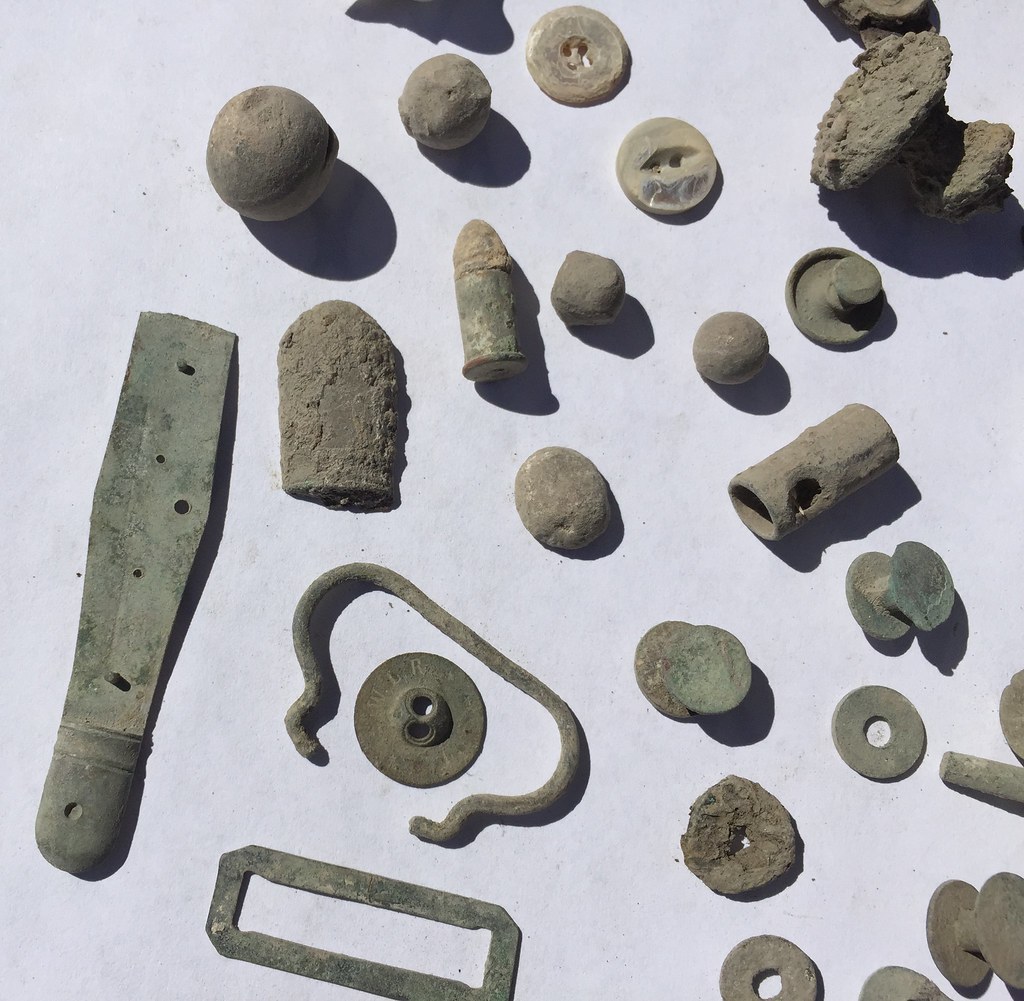
Thanks for looking,
Brian
Here's the before and after shots of the coin:




Here's the rest of the finds from the trip.
First up was a civil war era encampment that the Union Army frequented that seems to pork out lots of buttons and lead, a few relics, and very few coins (which seems really odd?). Id' say that by now, between Tom and I alone, that we've dug well over 600+ conductors there, of which only two were coins. No belt or cartridge box plates, no bit bosses, only one company letter, no regiment numbers, seems odd, but I'm not complaining, I enjoy finding civil war era buttons and lead, and heck we don't even have to go back east B)- Even though research seems to indicate this was mainly a cavalry camp, this is the first button we've found that actually had a cavalry C in the shield. Also that little bit on the bottom right, is actually a two piece button, the front seems to have some kind of goldstone that they polished out a letter "S" and left the rest matte finished. It's a tiny button, if it hadn't had a button loop on the back, I'd likely thought it was a bit of junk - lol


Does anyone know what this is? It was a heck of a signal, some kind of cast bronze/brass decorative thing, we're thinking it could be part of an old gun (see above next to the buttons for a size estimate)

It definitely has a pre-industrial revolution era hand cast look to it like items we find at late 1700's/early 1800's Spanish era sites.



The next site is one that I've known of it's existence for ten years, but it wasn't until I brought Tom out on a ghost town trip, that we discussed the site, and decided to get serious about locating it. It took lots of research time and a few trips to the area to finally find the X marks the spot location. Now that we have, it seems to be a virgin site, all but forgotten to time.


Thanks for looking,
Brian
Amazon Forum Fav 👍
Upvote
56







